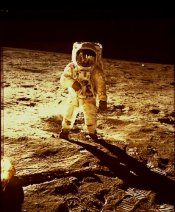flavio81
Member
The first Fuji and Sakura that I saw were both based on Agfa technology from pre-1945 and that was in 1959. This continued until beyond 1965 when I first tested these and Agfa products at Kodak to compare development rate, image and process stability and etc....
I never saw a C-22 compatible product from any of those 3 companies. They went from proprietary processes directly to C41 and E6. This was observed in Japan and here in the US. Maybe there was a test trial in Canada???
PE
This information is very interesting for a nerd like me. I would love to see somebody compile a timeline/history of color film products, to see how they evolved in time, and what manufacturers were.





 Pumpkin Stereo Pair
Pumpkin Stereo Pair

